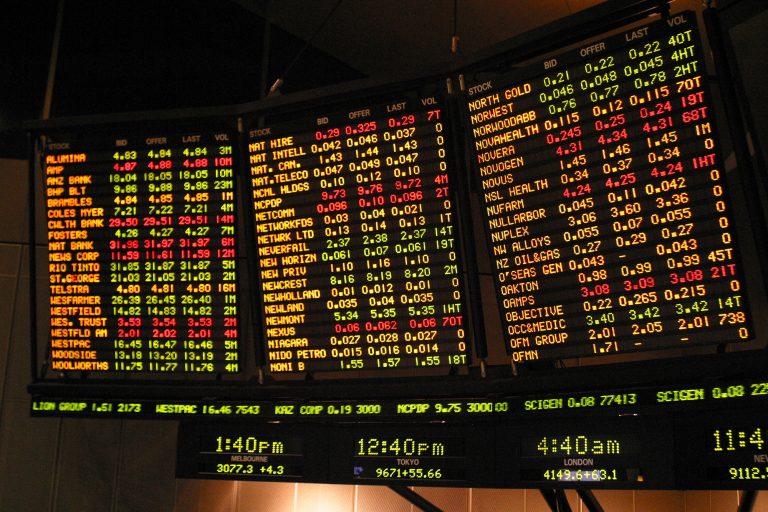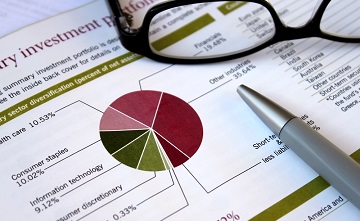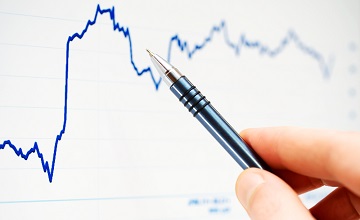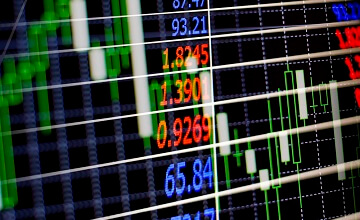Why the share market is not the same as the economy
At the beginning of 2022 the Australian economy appeared to be sliding into recession, dragged down by higher interest rates and even higher inflation levels. As a result, it was…

At the beginning of 2022 the Australian economy appeared to be sliding into recession, dragged down by higher interest rates and even higher inflation levels. As a result, it was…

The price of a lowly head of lettuce has never been a recognised barometer of the strength of the Australian economy, that is until the media started reporting iceberg lettuces…

Investment and portfolio building has traditionally been a male-dominated world, but these days more women are trading on the market – and they’re good at it! According to an ASX…

Concentration risk. No, it’s nothing to do with thinking too hard about something. In fact, it’s more likely to be a result of not paying enough attention. Concentration risk is…

COVID here to stay The third quarter of the calendar year brought with it the third and by far the biggest wave in COVID-19 infections. Largely restricted to NSW and…

Did you have a savings account when you were young? It wasn’t uncommon and those old Passbook accounts funded many a first car. Now you’re a parent, are you thinking…

You’re young, expecting a satisfying future brimming with friends, family and a comfortable lifestyle. You’re a Next Generation Investor, likely aged between 18 and 25, and you’re starting to think…

COVID-19 update Finally, some good news on the COVID-19 front: several vaccines have been rolled out in a number of countries. While a huge step forward in bringing the pandemic…

Just as night follows day, it seems part of the regular cycle of the world’s share markets that market crashes and falling prices follow good times and rising prices. The…

During the last quarter one story has dominated the news – COVID-19. By the end of June at least 10 million people had contracted the disease, and over 500,000 had…

Whether it’s taking a more active interest in our superannuation, starting to build an investment portfolio, or even trying our hands at playing the stock market, we can all benefit…

[fsn_row][fsn_column width=”12″][fsn_text] Whether it’s by direct purchase, via a managed fund or through superannuation, most Australians hold some form of share investment. Many of us are aware that if the…

There isn’t a single person in the world who hasn’t been impacted by COVID-19. As new case numbers start to slow in Australia, so too is our economy. This time…

The first quarter of 2020 will forever be remembered for delivering one of the greatest health and economic shocks of all time. The economic damage was an inevitable consequence of…

The Royal Commission into Misconduct in the Banking, Superannuation and Financial Services Industry delivered its final report in February 2019, capping off a process that revealed the unethical and, in…
End of content
End of content